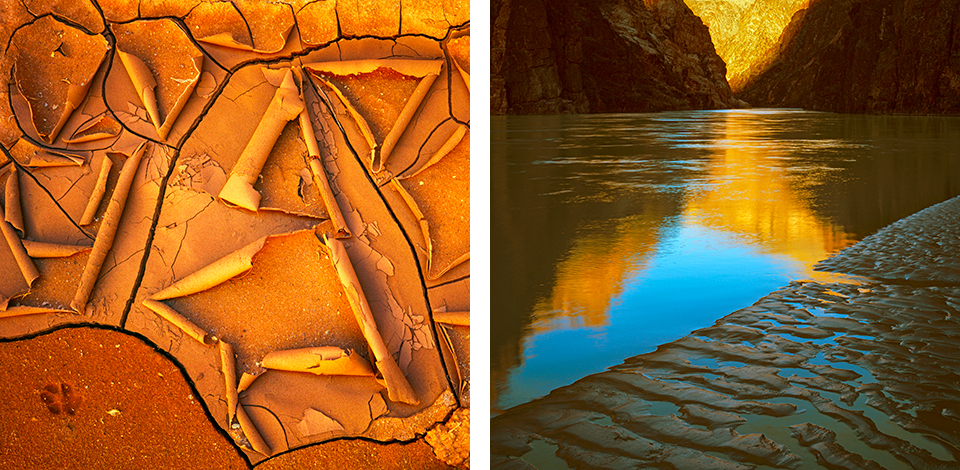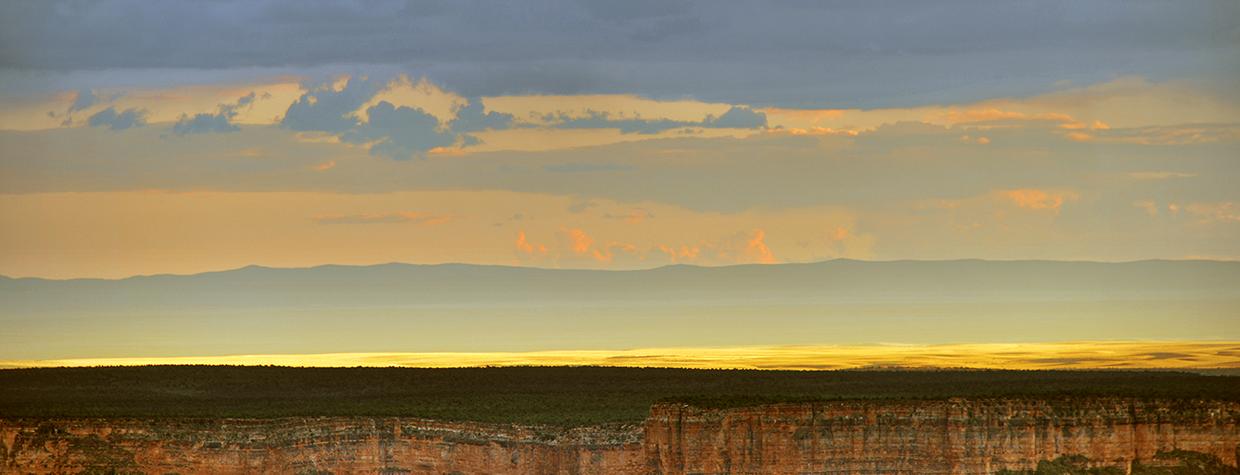JK: How did you get started in photography?
WT: I was born in 1944 and started making photos at age 14, with a Kodak Brownie 127 camera. In 1961, my grandfather helped me obtain a 35 mm camera and start thinking of photography in a more serious way. I shot 35 mm photos for about 20 years, then purchased a 4x5 camera.
JK: What made you transition to 4x5 photography, and what was your approach?
WT: I started in earnest in 1982 because I wanted to improve my photography skills, not just my equipment. To ensure that I wouldn’t capture images hastily, I decided to severely limit the number of 4x5 film sheets I’d use: 10 per year, and one for each subject. The film holders had transparency film on one side of the holder and color negative film on the other side, so I’d expose the transparency, then flip the holder over and expose the negative, adjusting the exposure time a bit. So, for the first 10 years, I actually used a total of 20 sheets of film, over 10 setups, per year.
JK: How did that restriction help you?
WT: It instilled patience and interest in details. Sometimes, I’d take weeks, months or even years to wait for the time of year and the lighting I’d visualized. That taught me to pay close attention to the details of the composition and lighting, as well as the details of operating the camera and making the exposure. For me, the approach was very successful: My initial goal for this project was to make one “keeper” image per year, but it didn’t take long before I realized my keeper rate was far higher than that. And I continued to shoot with a 35 mm camera during that time, but my “serious” photography was with 4x5.
JK: Talk about shooting in the Grand Canyon.
WT: In 2000, on a wonderful and inspiring Colorado River trip, I decided to create a portfolio of photography from the Canyon’s backcountry. I made my first backcountry hike in 19 Mile Wash with a Sinar 4x5 camera and a big aluminum tripod — in all, it was 30-plus pounds of camera gear. That wasn’t going to work on longer backcountry trips. Based on advice from fellow photographer Gary Ladd, I switched to a Tachihara 4x5 camera and was able to reduce the camera kit to 15 pounds for the next 12 years.

JK: What are you shooting with these days?
WT: In 2013, I began using a DSLR camera — the Nikon D800, and later the D850. This format has allowed me to make digital prints with image clarity comparable to that of my 4x5 prints. However, the patience and interest in details that I developed while using 4x5 cameras have carried over to editing and digital printmaking.
Do you have a question about photography? Email it to [email protected], and our photo editor, Jeff Kida, will try to answer it in a future issue.

